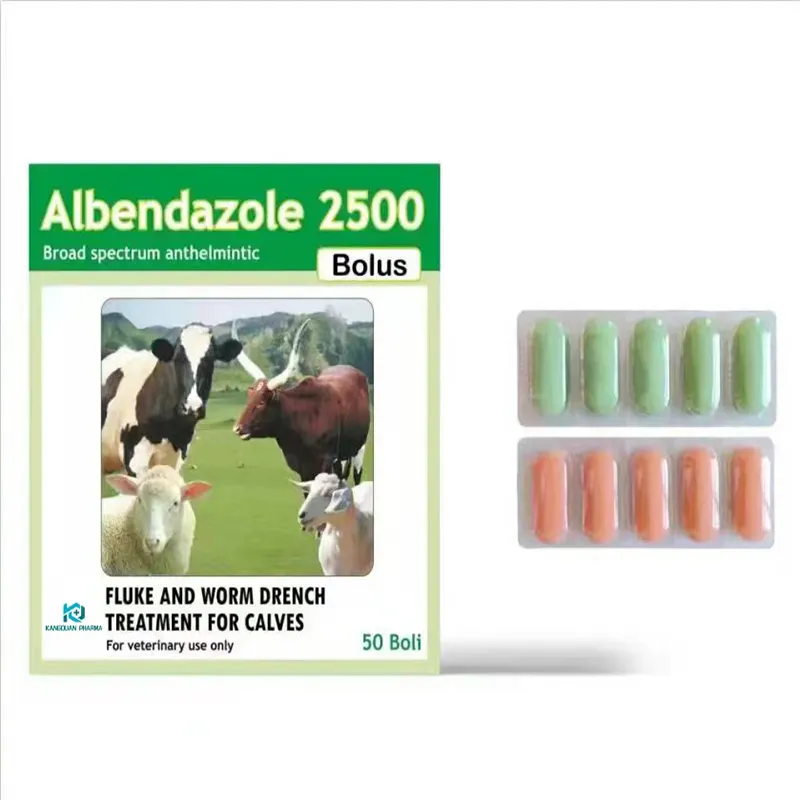- Afrikaans
- Albanian
- Amharic
- Arabic
- Armenian
- Azerbaijani
- Basque
- Belarusian
- Bengali
- Bosnian
- Bulgarian
- Catalan
- Cebuano
- Corsican
- Croatian
- Czech
- Danish
- Dutch
- English
- Esperanto
- Estonian
- Finnish
- French
- Frisian
- Galician
- Georgian
- German
- Greek
- Gujarati
- Haitian Creole
- hausa
- hawaiian
- Hebrew
- Hindi
- Miao
- Hungarian
- Icelandic
- igbo
- Indonesian
- irish
- Italian
- Japanese
- Javanese
- Kannada
- kazakh
- Khmer
- Rwandese
- Korean
- Kurdish
- Kyrgyz
- Lao
- Latin
- Latvian
- Lithuanian
- Luxembourgish
- Macedonian
- Malgashi
- Malay
- Malayalam
- Maltese
- Maori
- Marathi
- Mongolian
- Myanmar
- Nepali
- Norwegian
- Norwegian
- Occitan
- Pashto
- Persian
- Polish
- Portuguese
- Punjabi
- Romanian
- Russian
- Samoan
- Scottish Gaelic
- Serbian
- Sesotho
- Shona
- Sindhi
- Sinhala
- Slovak
- Slovenian
- Somali
- Spanish
- Sundanese
- Swahili
- Swedish
- Tagalog
- Tajik
- Tamil
- Tatar
- Telugu
- Thai
- Turkish
- Turkmen
- Ukrainian
- Urdu
- Uighur
- Uzbek
- Vietnamese
- Welsh
- Bantu
- Yiddish
- Yoruba
- Zulu
Nov . 13, 2024 23:25 Back to list
terramycin injection veterinary
TerraMycin Injection A Comprehensive Guide for Veterinary Use
TerraMycin Injection is a widely utilized antibiotic in veterinary medicine, primarily effective against a variety of bacterial infections in animals. Its active ingredient, oxytetracycline, belongs to the tetracycline group of antibiotics, making it suitable for the treatment of several infectious diseases caused by susceptible organisms. This article discusses the purpose, application, dosage, and safety considerations of TerraMycin Injection in veterinary practices.
What is TerraMycin Injection?
TerraMycin, like other tetracycline antibiotics, works by inhibiting protein synthesis in bacteria, which halts their growth and replication. It is commonly used in livestock, such as cattle, swine, sheep, and poultry, as well as in pets, including dogs and cats. The antibiotic's broad-spectrum activity makes it ideal for treating respiratory infections, skin infections, and other bacterial conditions.
Indications for Use
Veterinarians commonly prescribe TerraMycin Injection for treating various conditions, including
1. Respiratory Infections It is effective in combating pneumonia and bronchitis in livestock, especially in crowded environments where infections can spread rapidly. 2. Skin Infections TerraMycin can treat wounds and abscesses infected by bacteria sensitive to oxytetracycline. 3. Digestive Disorders Certain gastrointestinal infections and conditions like enzootic bovine leukosis can also be alleviated using this antibiotic. 4. Reproductive Disorders It may help manage infections associated with reproductive organs in both male and female animals, contributing to better reproductive performance.
Administration and Dosage
TerraMycin Injection is typically administered via intramuscular injection. The dosage may vary based on the species being treated, the type of infection, and the severity of the condition. It is essential for veterinarians to estimate the correct dosage to minimize the risks of underdosing or overdosing, which can lead to treatment failure or toxicity.
terramycin injection veterinary

As a general guideline, the dosage for large animals, such as cattle, may range from 2.2 to 11 mg/kg body weight, while smaller animals such as dogs and cats may require different dosages based on weight. Therefore, it is crucial to refer to specific veterinary guidelines or consult with a veterinarian for accurate dosing instructions.
Safety and Side Effects
While TerraMycin is generally considered safe for use in veterinary medicine, some precautions should be taken. Common side effects may include gastrointestinal disturbances such as diarrhea, which can occur as the antibiotic alters the normal gut flora. Reactions to the injection site, including swelling or pain, are also possible.
Another critical consideration is that using TerraMycin in food-producing animals may lead to drug residues in meat and milk. Hence, veterinarians must observe withdrawal times before these products can be safely sold for human consumption. This withdrawal period varies depending on species and form of treatment and should always be respected to ensure food safety.
Resistance Concerns
The emergence of antibiotic resistance is an ongoing global challenge, underscoring the need for responsible antibiotic use. Veterinarians are urged to perform culture and sensitivity tests whenever possible to identify the specific pathogens involved, which can guide them in choosing the most effective treatment and mitigate resistance development.
Conclusion
TerraMycin Injection is an essential tool in veterinary medicine for treating bacterial infections in various animal species. Its broad-spectrum efficacy and relative safety underline its importance in maintaining animal health. However, it is imperative for veterinarians to use it judiciously, considering correct dosage, potential side effects, and the implications of antibiotic resistance. By adhering to responsible practices, veterinarians can continue to ensure the health and well-being of animals while also safeguarding public health through reduced antibiotic resistance.
-
Guide to Oxytetracycline Injection
NewsMar.27,2025
-
Guide to Colistin Sulphate
NewsMar.27,2025
-
Gentamicin Sulfate: Uses, Price, And Key Information
NewsMar.27,2025
-
Enrofloxacin Injection: Uses, Price, And Supplier Information
NewsMar.27,2025
-
Dexamethasone Sodium Phosphate Injection: Uses, Price, And Key Information
NewsMar.27,2025
-
Albendazole Tablet: Uses, Dosage, Cost, And Key Information
NewsMar.27,2025













